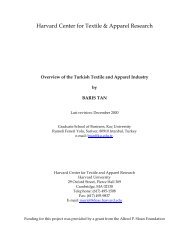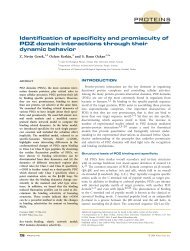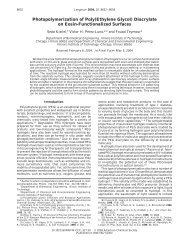Roman Landholding in Asia Minor Author(s): Thomas Robert ...
Roman Landholding in Asia Minor Author(s): Thomas Robert ...
Roman Landholding in Asia Minor Author(s): Thomas Robert ...
Create successful ePaper yourself
Turn your PDF publications into a flip-book with our unique Google optimized e-Paper software.
Vol. Ixv] <strong>Roman</strong> <strong>Landhold<strong>in</strong>g</strong> <strong>in</strong> <strong>Asia</strong> M<strong>in</strong>or 221<br />
the theory outl<strong>in</strong>ed above, and provides a plausible explana-<br />
tion of the land available for his Pisidian colonies, as well as<br />
for later imperial estates. Even so, much rema<strong>in</strong>s unex-<br />
pla<strong>in</strong>ed; for Amyntas' territory probably did not <strong>in</strong>clude the<br />
region of the supposed estates near Cibyra, nor those at<br />
Tembrion and Eulandra <strong>in</strong> Phrygia; <strong>in</strong>dubitable evidence of<br />
imperial hold<strong>in</strong>gs <strong>in</strong> Galatia is late, and private hold<strong>in</strong>gs are<br />
found among them.<br />
As other client k<strong>in</strong>gdoms were annexed the royal lands came<br />
under the imperial adm<strong>in</strong>istration. Gwatk<strong>in</strong> has listed what<br />
is known of the royal lands of Cappadocia annexed by Tiberius<br />
<strong>in</strong> 17. They <strong>in</strong>cluded good graz<strong>in</strong>g lands for horses and good<br />
m<strong>in</strong>es and yielded a revenue sufficient to permit a reduction<br />
both of the dues which the feudal lords had paid under the<br />
k<strong>in</strong>gs and of the one per cent sales tax over the whole empire.73<br />
The <strong>in</strong>heritance of Augustus from Agrippa (he received<br />
<strong>in</strong>heritances from many others74), and the claim which Tiberius<br />
laid to the property of Sejanus75 provide examples of the<br />
means by which the imperial properties cont<strong>in</strong>ued to grow<br />
under subsequent emperors. The effects of this process must<br />
have become important by the time of Nero, who was the<br />
sole heir of all the Julio-Claudian properties, and who added<br />
greatly to his hold<strong>in</strong>gs by the numerous confiscations under<br />
his rule.76 With his reign comes the first def<strong>in</strong>ite piece of<br />
<strong>in</strong>scriptional evidence. The procurator and the legate of<br />
Galatia marked the boundary between the city of Sagalassus<br />
and a village of Nero named Tymbrianassus.77 There is no<br />
evidence that the estate had been Galatian royal land, and<br />
the need of mark<strong>in</strong>g the boundaries might possibly imply that<br />
73 Strabo xII, 2, 6; 2, 10; 2, 8; Tac. Ann. II, 42 and 56; Gwatk<strong>in</strong>, op. cit. (<strong>in</strong><br />
note 66), 18-22.<br />
74 Suet. Aug. 101; Cass. Dio LVI, 32; cf. Hirschfeld, KI. Schr. 516-575.<br />
75 Tac. Ann. vi, 2.<br />
76 Tac. Ann. xiv, 22 and 57-60; Pl<strong>in</strong>y, N.H. xviii, 35; Tac. Ann. xvI, 33;<br />
Cass. Dio LXII, 26, 1 f.; for imperial officials <strong>in</strong> <strong>Asia</strong>, cf. Hirschfeld, op. cit.<br />
(<strong>in</strong> note 74), 561 f.; I.G.R.P. iv, 957, 1179, 1331.<br />
77 I.G.R.P. iiI, 335.





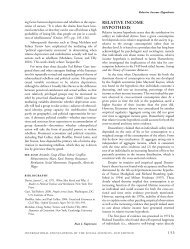

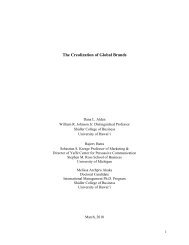

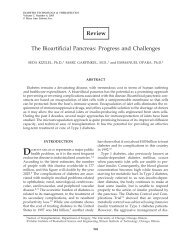
![]_[O](https://img.yumpu.com/10363126/1/190x138/-o.jpg?quality=85)
